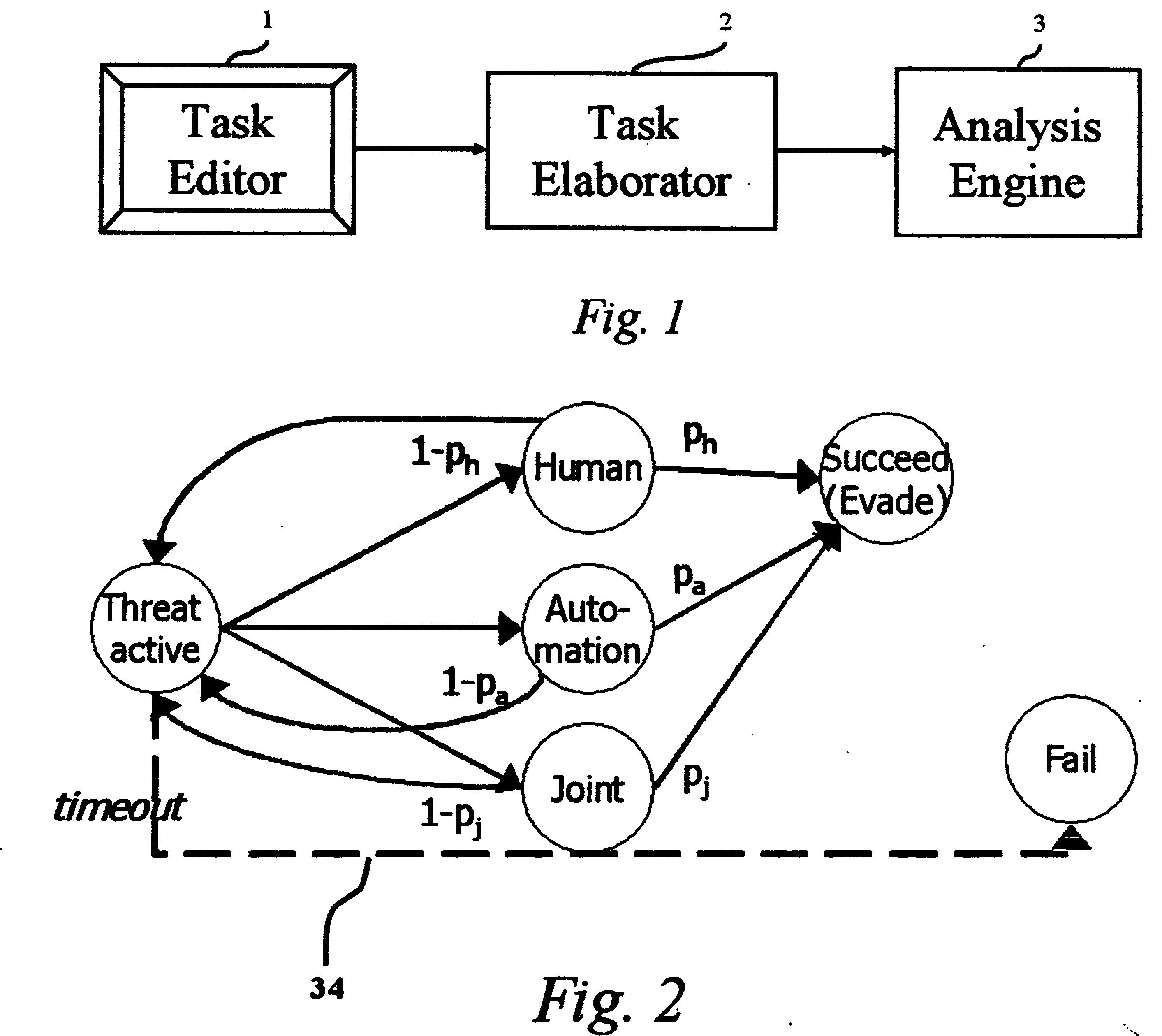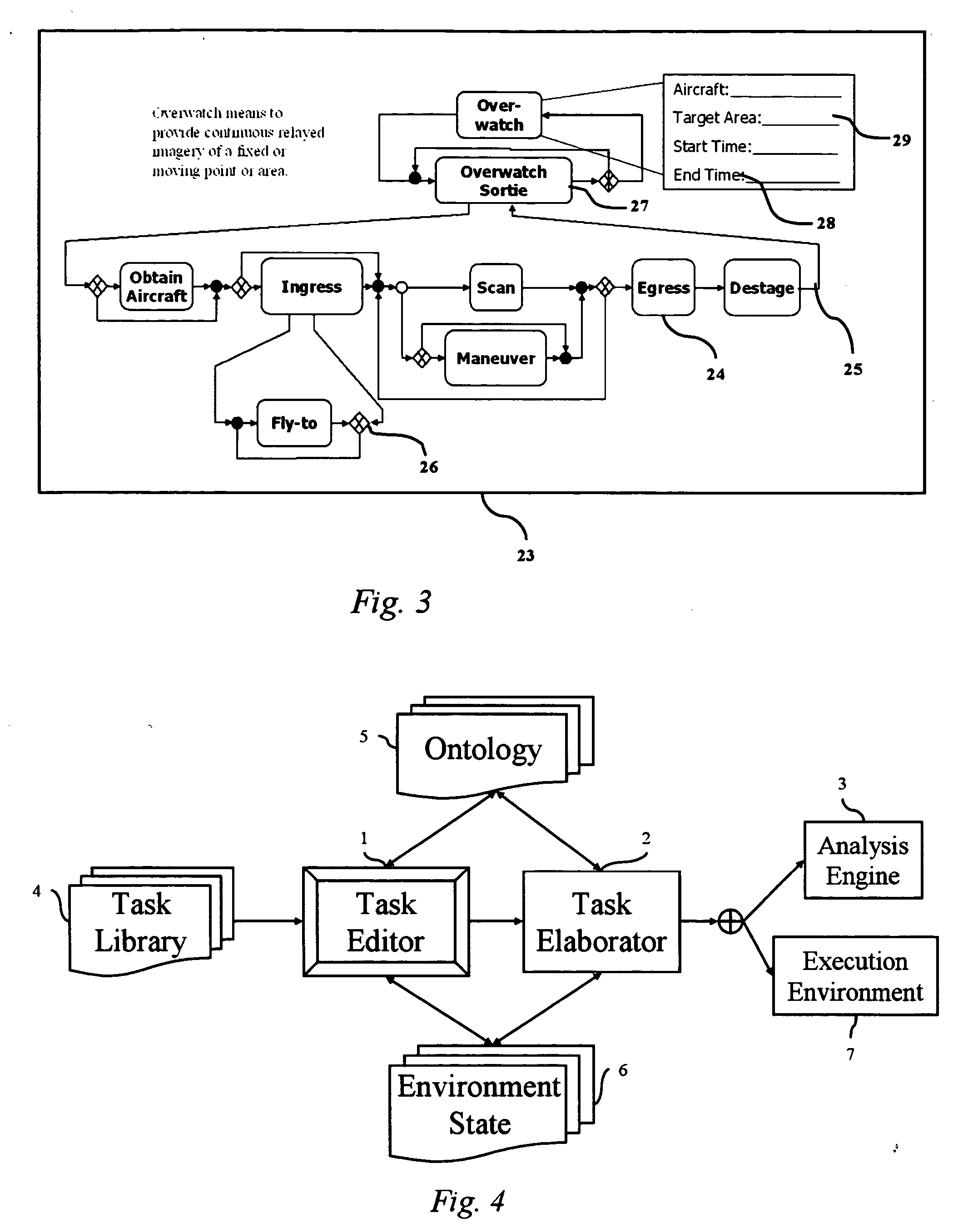Method and apparatus for function allocation and interface selection
a function allocation and interface technology, applied in data processing applications, analogue and hybrid computing, instruments, etc., can solve the problems of only a single, only a fixed interaction approach, and humans cannot reliably select the optimal task allocation approach
- Summary
- Abstract
- Description
- Claims
- Application Information
AI Technical Summary
Benefits of technology
Problems solved by technology
Method used
Image
Examples
Embodiment Construction
[0034] In the following detailed description of the embodiments, reference is made to the accompanying drawings which form a part hereof, and in which is shown by way of illustration specific embodiments in which the invention may be practiced. It is to be understood that other embodiments may be utilized and structural changes may be made without departing from the scope of the present invention.
[0035] Systems and methods in accordance with the present invention provide a analytic capability for optimized function allocation and interface specification for said function allocation. FIG. 1 shows three components in one embodiment of the system. A Task Editor 1 provides a constrained task template to a Task Elaborator 2. The Task Elaborator 2 translates the task template to a form suitable for the Analysis Engine 3. The Task Elaborator 2 uses the output of the Task Editor 1 with a specification of the Analysis Engine 3 input format and other information as may be necessary and avail...
PUM
 Login to View More
Login to View More Abstract
Description
Claims
Application Information
 Login to View More
Login to View More - R&D
- Intellectual Property
- Life Sciences
- Materials
- Tech Scout
- Unparalleled Data Quality
- Higher Quality Content
- 60% Fewer Hallucinations
Browse by: Latest US Patents, China's latest patents, Technical Efficacy Thesaurus, Application Domain, Technology Topic, Popular Technical Reports.
© 2025 PatSnap. All rights reserved.Legal|Privacy policy|Modern Slavery Act Transparency Statement|Sitemap|About US| Contact US: help@patsnap.com



